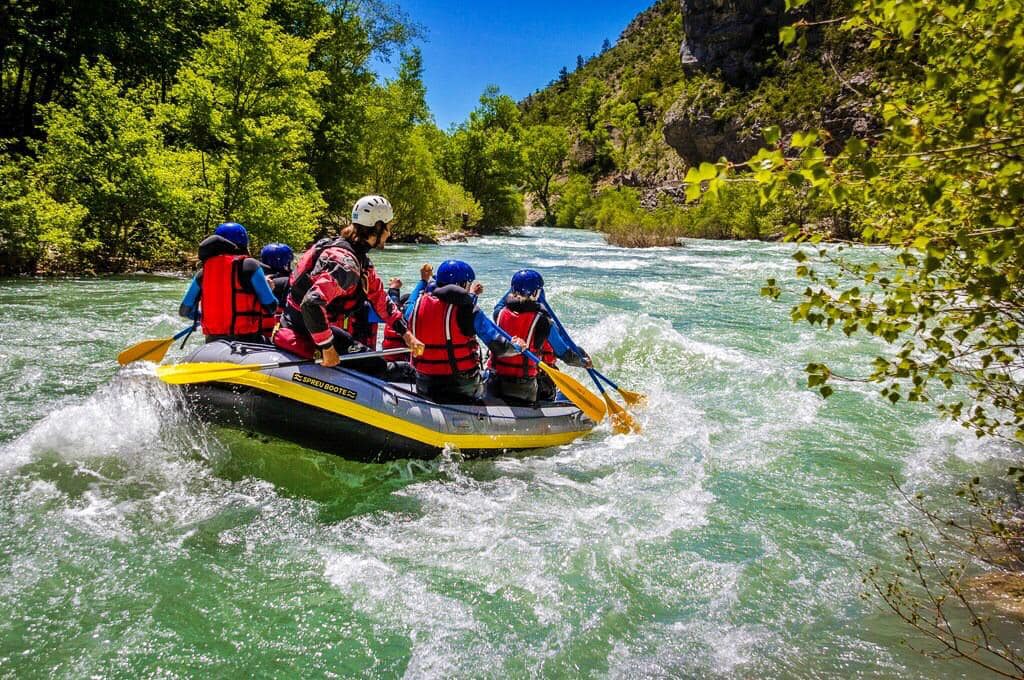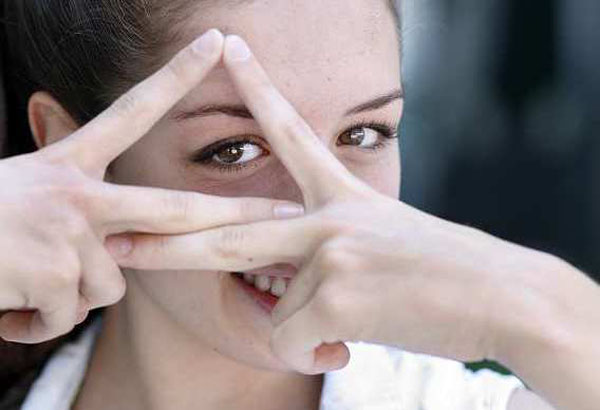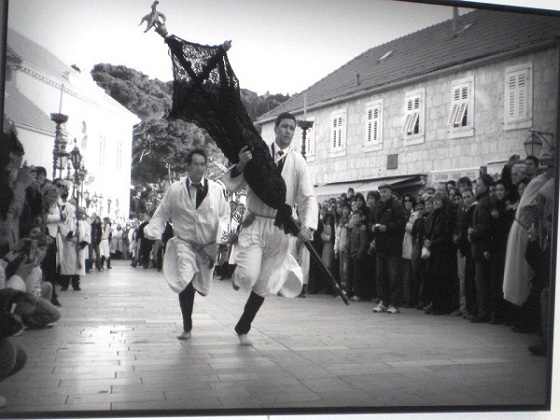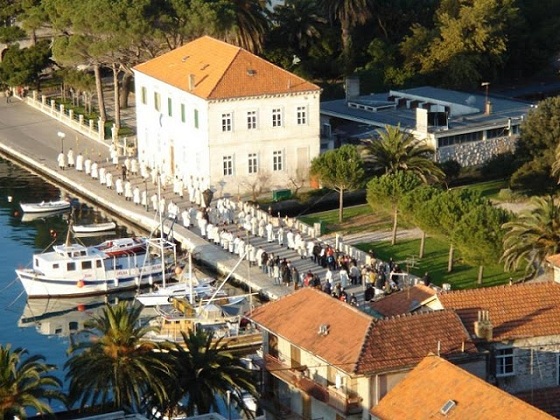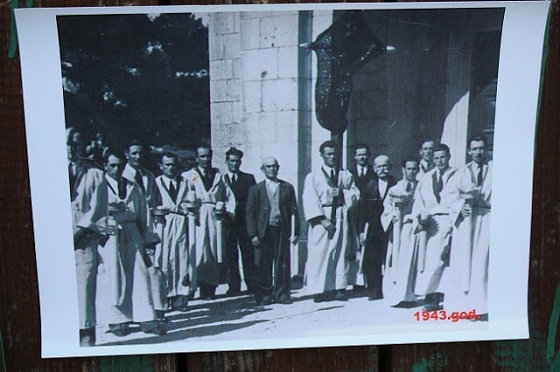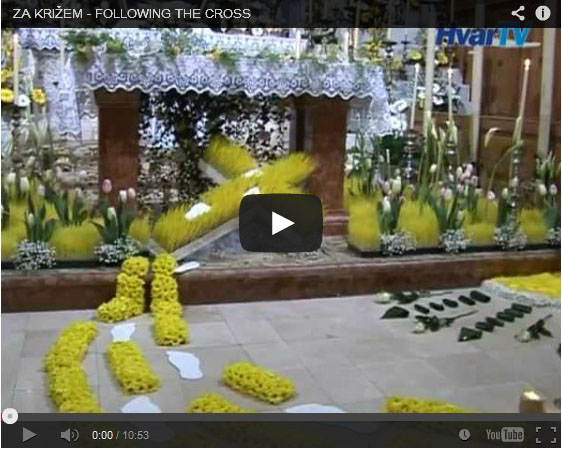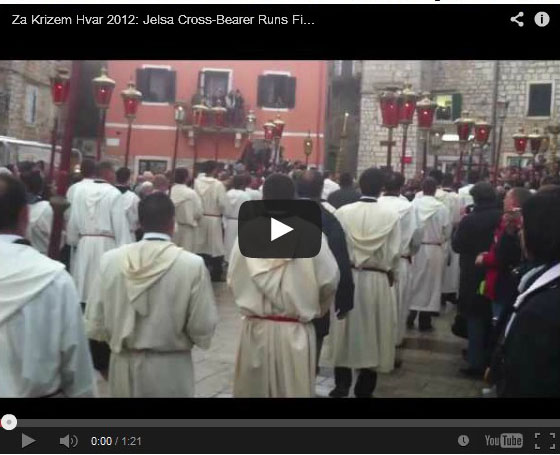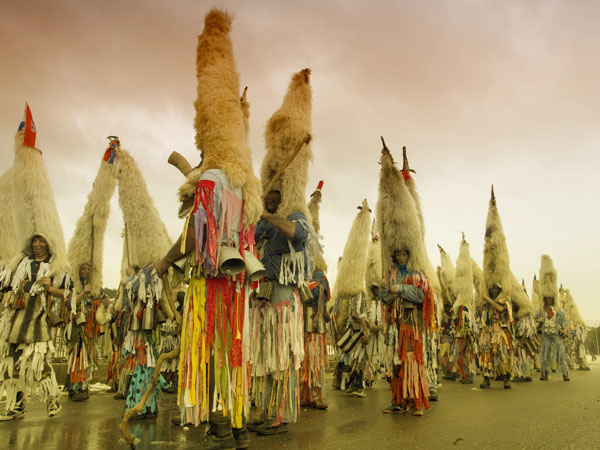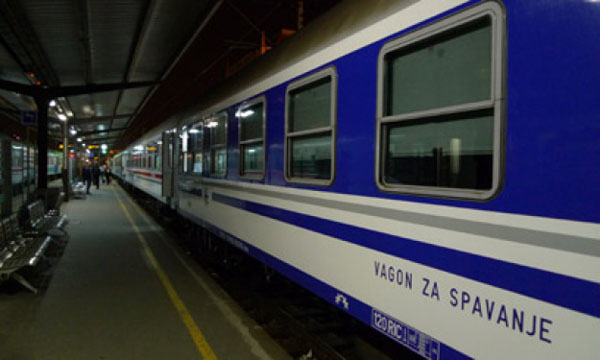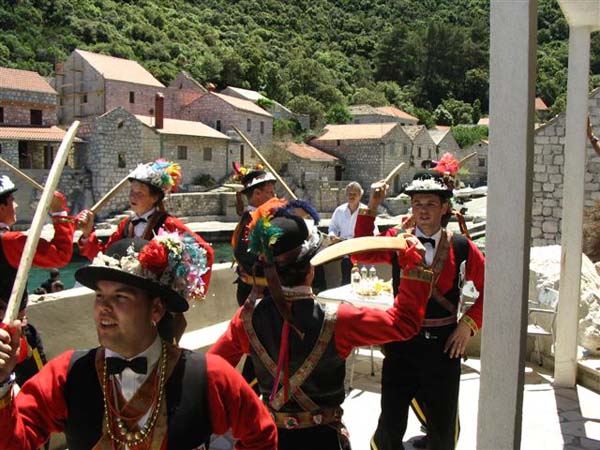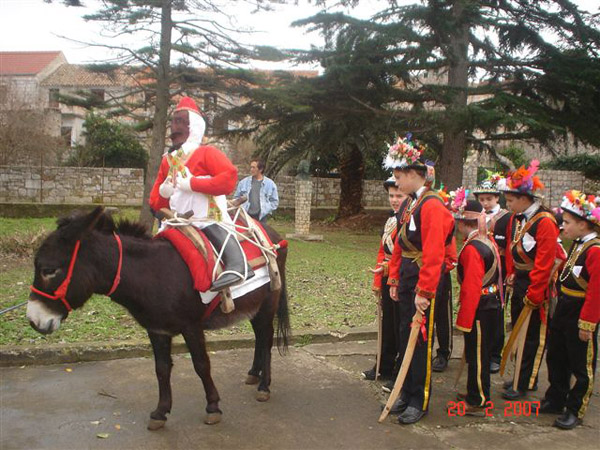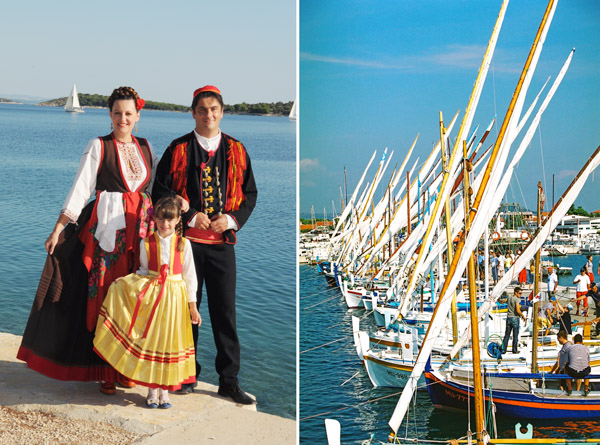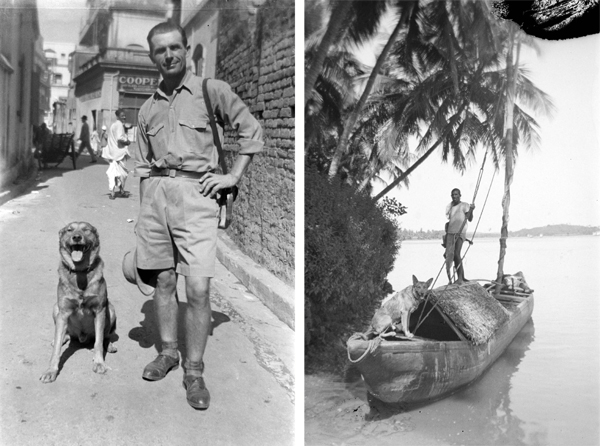Turn on summer! Use the opportunity, a holiday for the youth in Split has never been more attractive or favourable!
Come and see for yourself just how Dalmatia and Split have so much more to offer than sun and sea. Climb up to mountain peaks, surf the waves, explore the underwater world and experience the magic created by nature. Discover the beauty of living in good company and enjoying some unforgettable adventures…
When we look at the events that have happened to us throughout 2020 so far, it might occur to us to simply turn a few pages of this year’s book because we don’t like its content. The epidemic, the unemployment rate, not being able to go to school and college, quarantine, earthquakes, etc. These are all topics worthy of apocalyptic novels, they’re not so much the coveted light summer reading for relaxation.
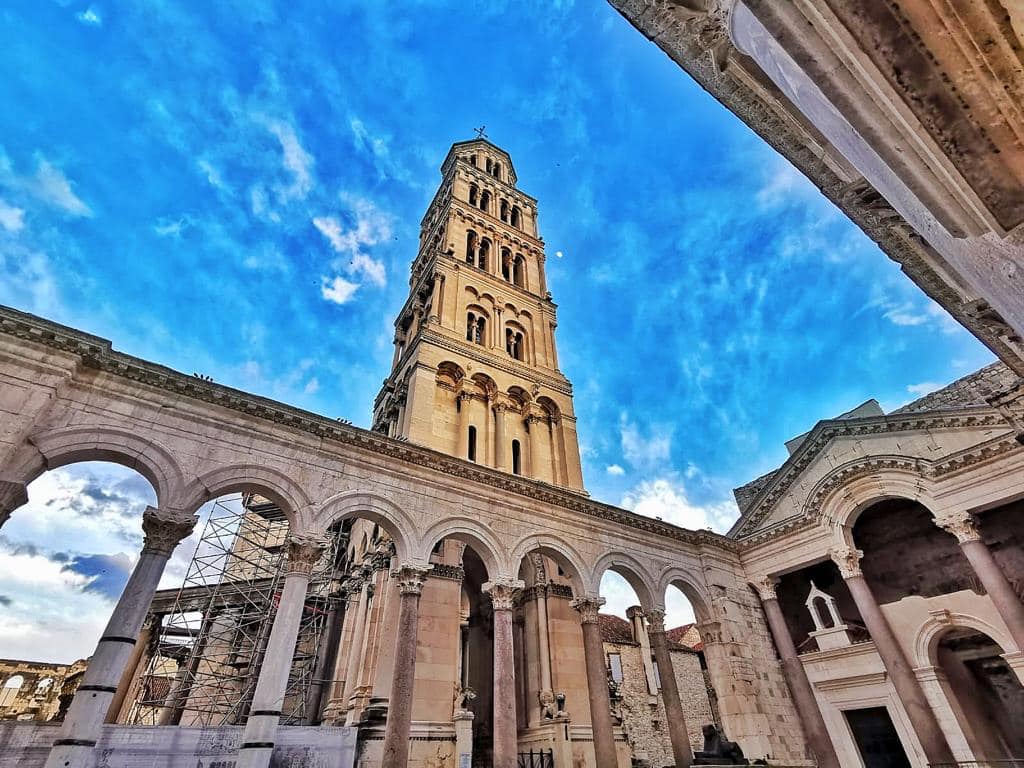
The Student Centre in Split has made an effort to bring a ray of sunshine to these apocalyptic pages of the book and instruct us not to give up so easily when it comes to 2020, but to simply "turn the page of life’s book" into summer.
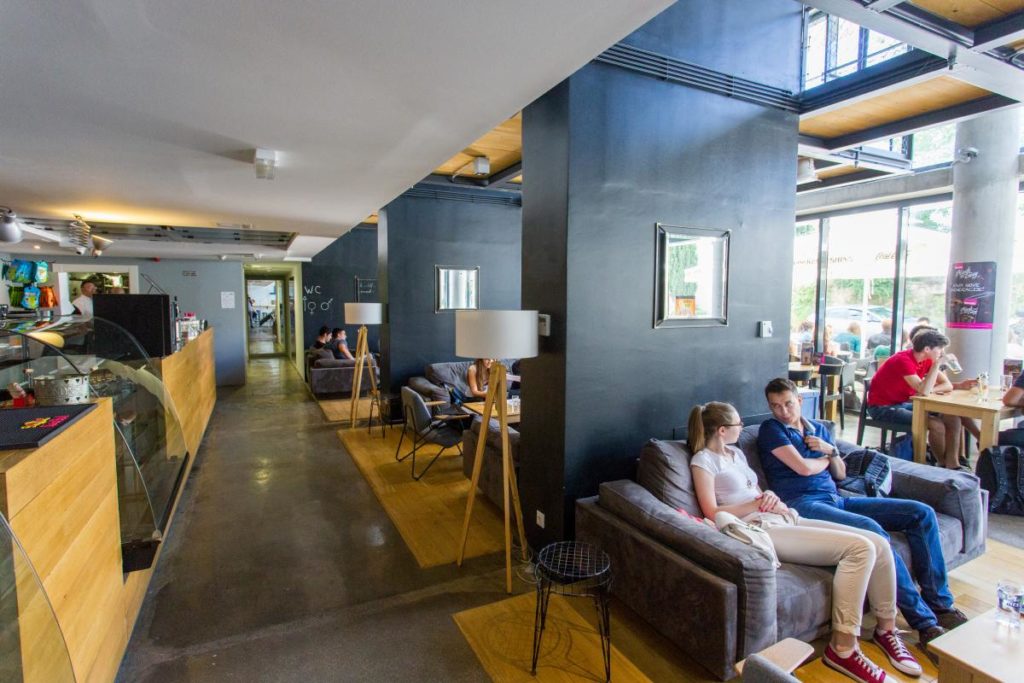
Okreninaljeto.com is an application from the Student Centre in Split for all those who want to capture some beautiful memories in 2020. The purpose of the page is described in the slogan "Breathe freedom, feel happiness, experience adventure", and these three things are what young people are longing for the most in 2020. For young people from Zagreb, Zagorje, Slavonia, Bosnia and Herzegovina, and other neighboring countries, summer in Split has never been closer and more accessible.
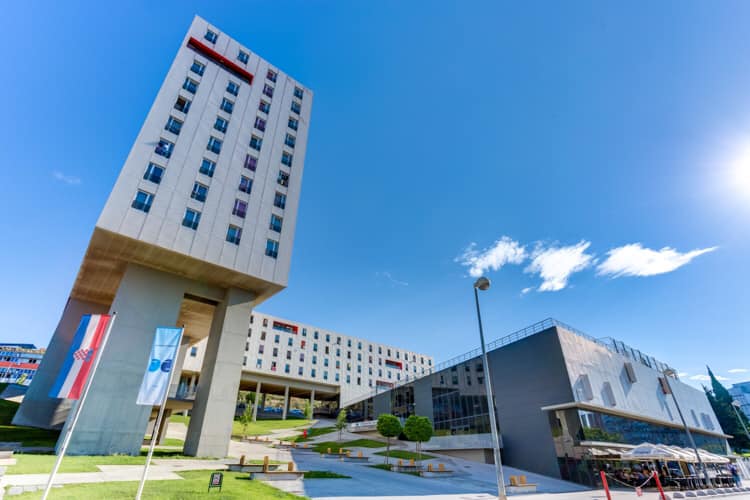
Accommodation is provided in two student hostels located on the Campus and on Spinut. These modernly decorated hostels are located close to the beaches. In order to have a carefree holiday, the Student Center has also made sure to provide daily room service.
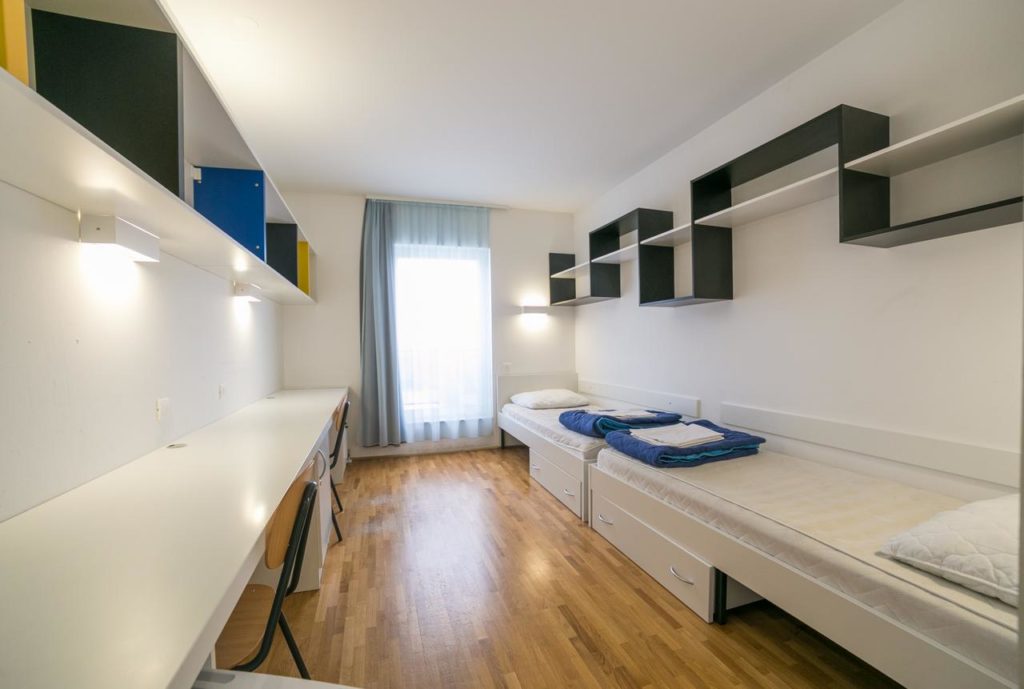
Each room has a private bathroom, and parking is provided. The hostel has sports fields, a gym and a sports hall. Guests can also use the lounge area with game consoles and laundry facilities.
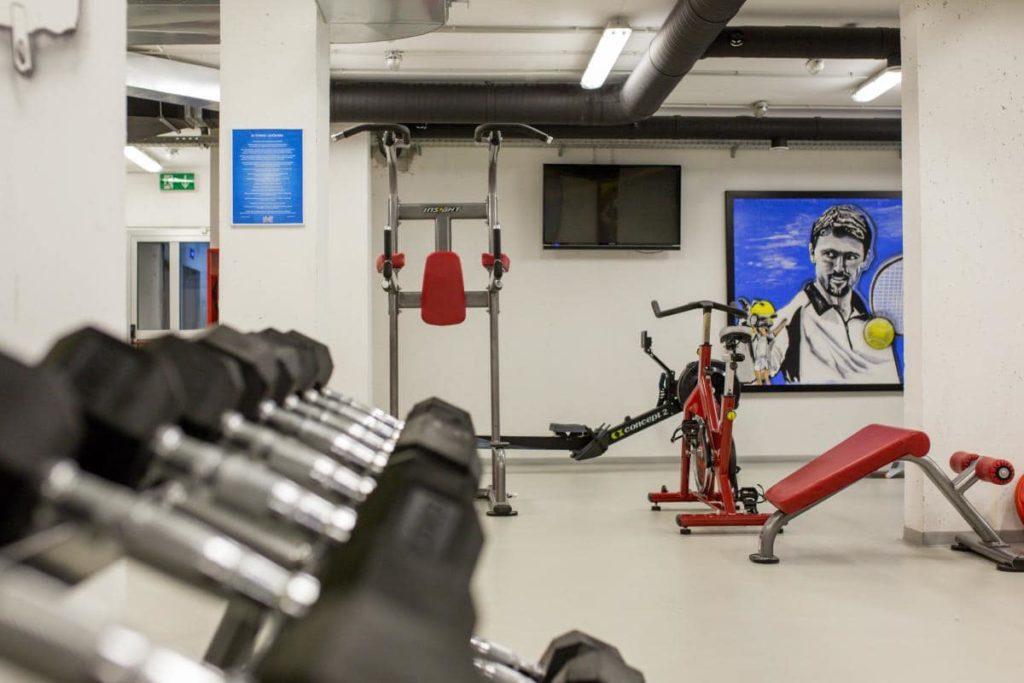
Inside the building, there is a coffee bar where you can find refreshment during the summer evenings. So, everything you need for an ideal summer vacation is right here.
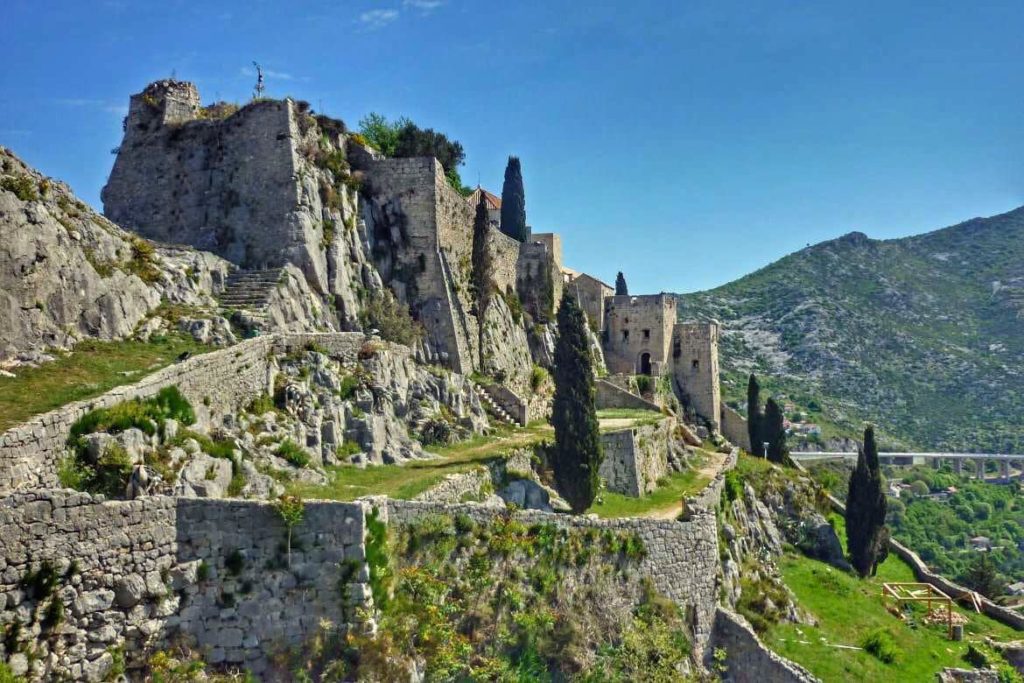
It only takes a few clicks on the page to make the right decision. In addition, in the application itself, you can find the answers to some logical questions that arise:
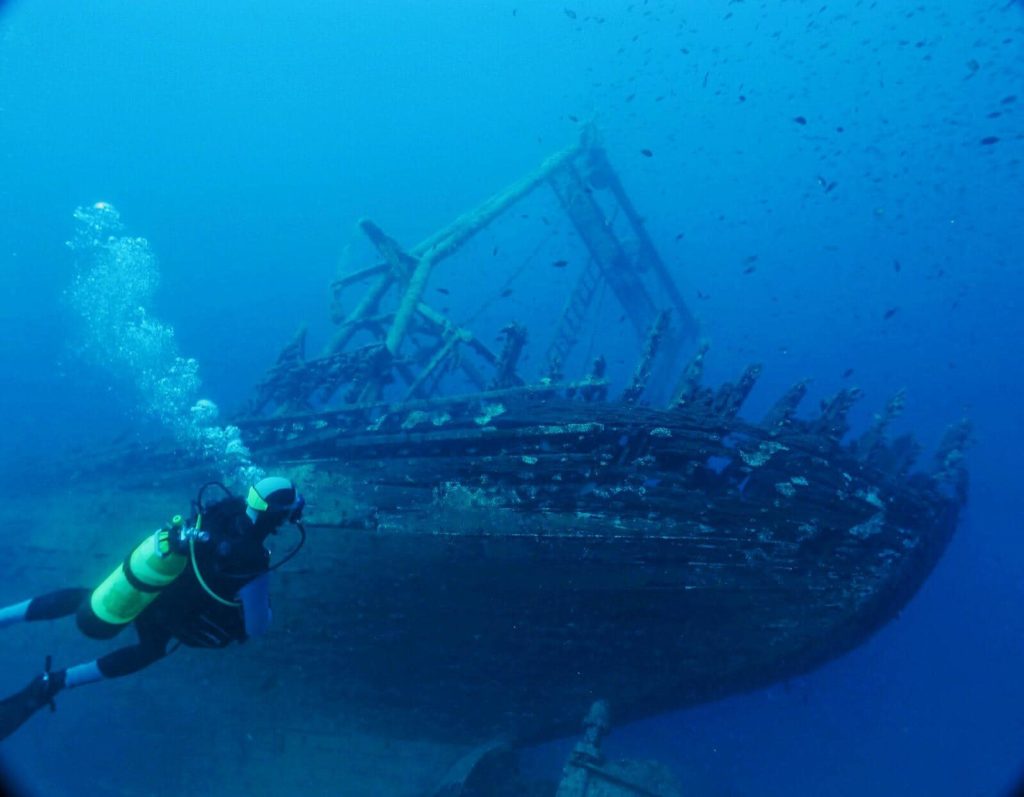
-How does one spend time creatively in Split?
-What natural and cultural sights are there to visit in Split and its surroundings?
- Where is the best place to have fun?
The prices are more than favourable, so for seven days in a double room, you'll pay 90 euros (680 hrk), and if you decide to go half board, the price will be 125 euros (942 hrk) for seven days.
It's time to turn towards a new page in life.
It's never too late to make great memories. Not even in 2020.
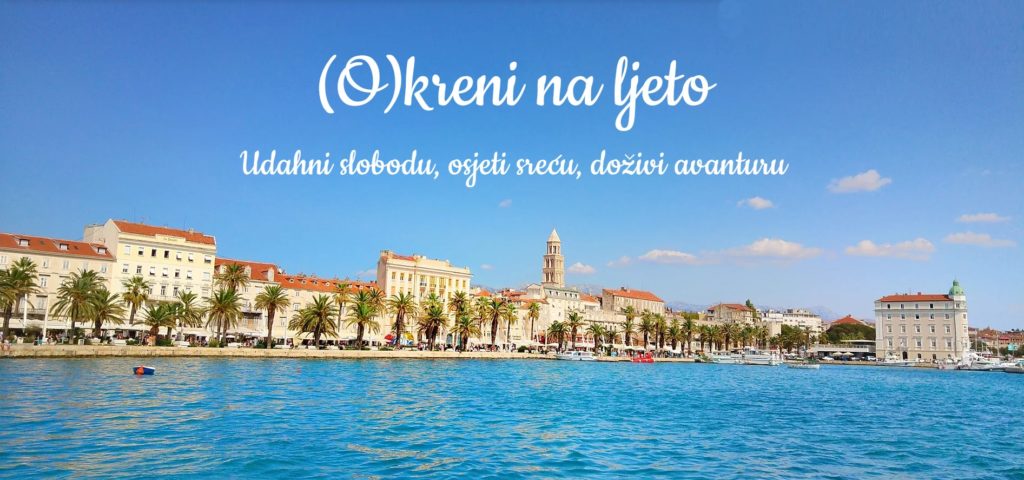
Discover a winter fairytale in Baranja, Bilje and Kopački rit!
Kopački rit – pristine beauty in winter splendor!
One of the best-preserved wetlands in Europe, Kopački rit, is situated in Baranja, in the triangle created by two great rivers, Danube and Drava. Located on the peripheral parts of municipality of Bilje, it is a true backbone of the tourism of the region, of its origin and development, which in addition to natural treasure, offers exceptional gastronomic and enological pleasures. The fact that family farms near Kopački rit achieved 6354 arrivals and 13,703 overnight stays of both domestic and foreign tourists, is very indicative of the success of this area: municipality of Bilje emerged as the top destination to enjoy your vacation, nature, cycling and gastronomic delicacies of the continental parts of the country.
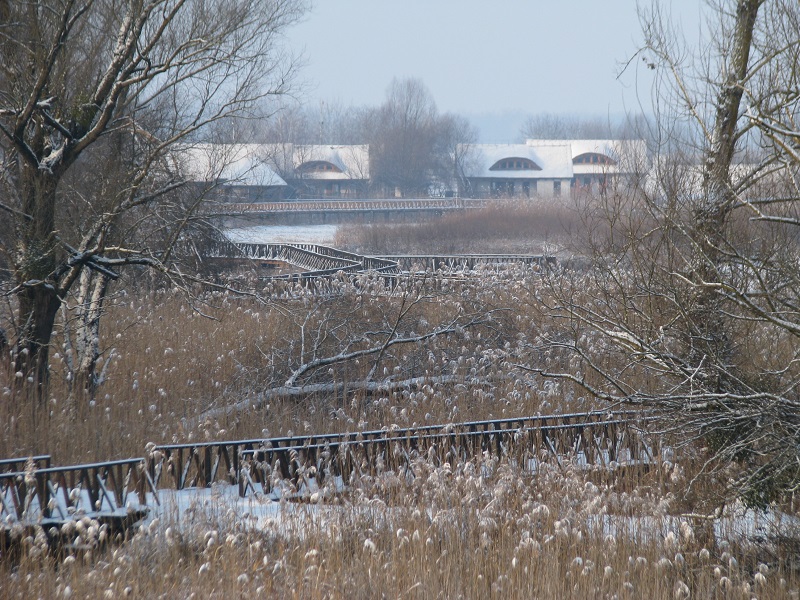
photo: Tomislav Horvat
Everyone is already familiar with the fact that Kopački rit is a home to many bird species, especially water birds. So far as many as 300 species have been recorded, and the Park area is a nesting spot of emblematic white-tailed eagle – a symbol of the Park (www.parkovihrvatske.hr).
Hotspots recommendation: Take a special train ride through the beauty of the Park
At the visitors' disposal there is a number of ways to take a tour of the Park: tourist boats, small boats, canoes, bicycles and by foot. In these cold winter days there is also a heated tourist train, all with a professional guide who will introduce visitors in best possible way, to the natural resources of the Park. Regular rides are on weekdays at 11 am, and at 11.00h and 14.00h on weekends (there is also a possibility of scheduling appointments for groups).
Price of a train tour is kn 40,00 for all visitors, and reservations can be made every day from 8:00 to 16:00 pm on the phone number 031/445 445.
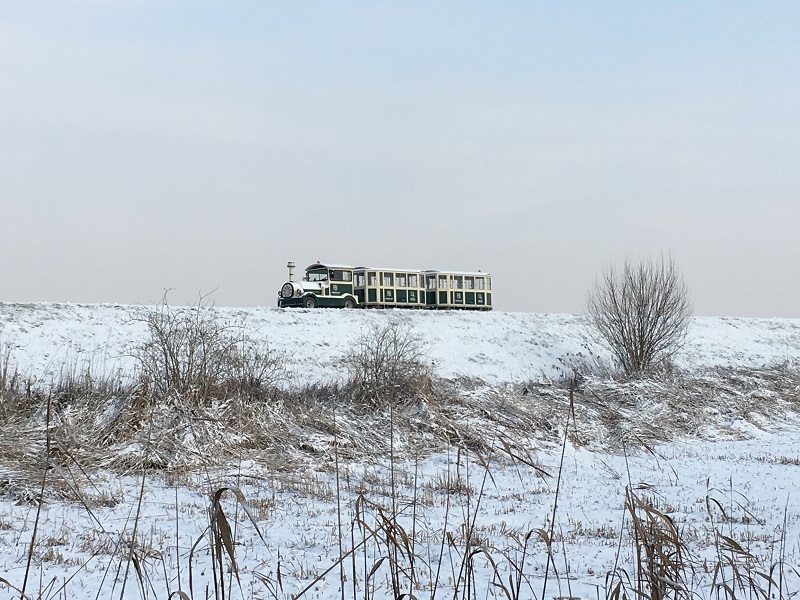
photo: Tomislav Horvat
The program also includes the contents of the admission center Kopačevo: video presentation, a visit to multimedia exhibition and the walking tour of the wooden walkway.
On our lakes and channels one can frequently see some swans, apparently unbothered by the winter.
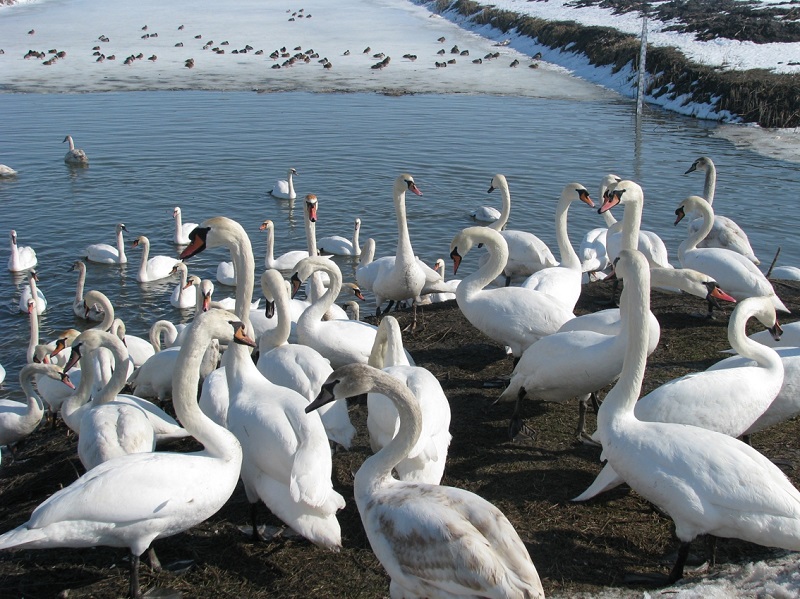
photo: Boris Bolšec
The symbol of the Park - white-tailed eagle - resides in the Rit during the whole year and can be seen sitting on high, dry branches in search of prey. At the ponds one can see flocks of beautiful coots, and on the branches and roots along the channels a vividly coloured bird – kingfisher – can be noticed.

photo: Hrvoje Domazetović
When it snows and the frost covers willow tree branches and other vegetation, Kopački rit becomes a true fairytale scenery worth experiencing, not to mention relaxing walks over wooden bridges.

photo: Tomislav Horvat
Satisfaction of the visitors is best shown by the fact that last year the Park was visited by more visitors than ever before with a great rate of growth. We hope that more and more people will get to know and love Kopački rit in the future!

photo: Hrvoje Domazetović
A visit to the Park in this winter season will pleasantly surprise with its beauty, and certainly encourage visitor to come at another time of the year and discover another aspect of Kopački Rit.
Photos: Courtesy of Kopački Rit Nature Park Public Institution
Cover photo: Hrvoje Domazetović, other photos: Hrvoje Domazetović, Boris Bolšec, Tomislav Horvat
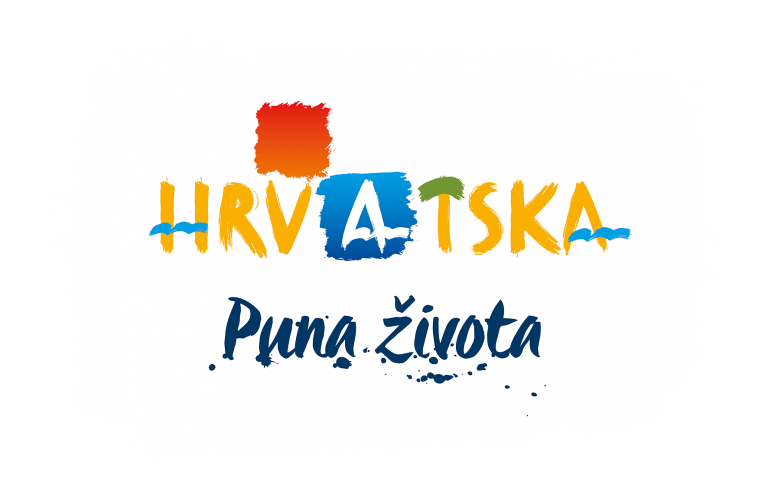

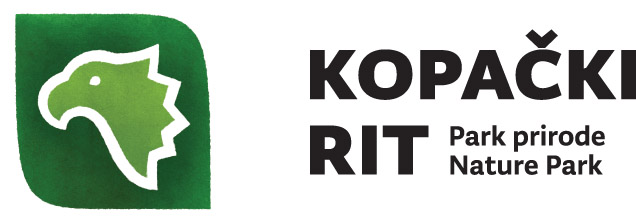
IRRESISTIBLE RURAL OASES IN THE EAST OF OUR BEAUTIFUL COUNTRY!
Miraculous corners of the Croatian East have been unjustly neglected for years on the itinerary of domestic and foreign visitors.
In accordance with the increasingly popular rural tourism trends, rounded up with a selection of quality rural households and authentic domestic cuisine, the Vukovar – Srijem region slowly but surely conquers its place on the ever-growing map of the splendid rural tourism offer.
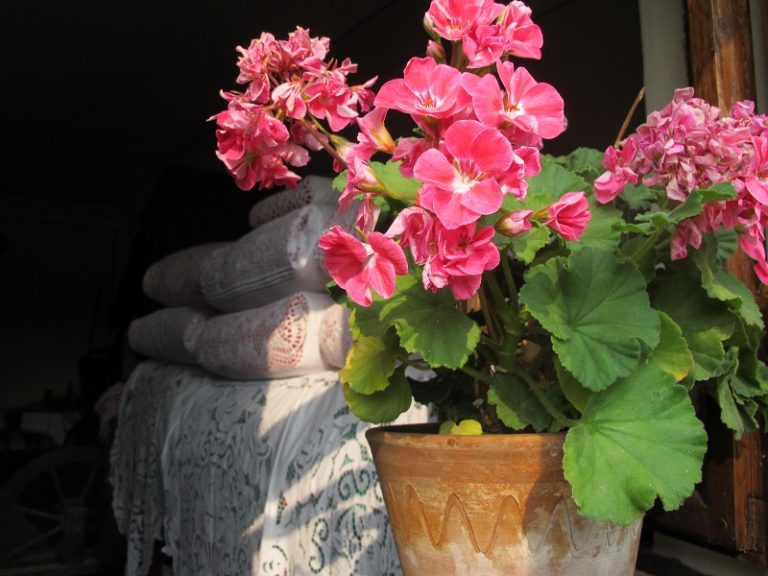
For instance, well-known Vukovar restaurants found their place even on the demanding TripAdvisor, where they are ranked with high grades along with many epithets.
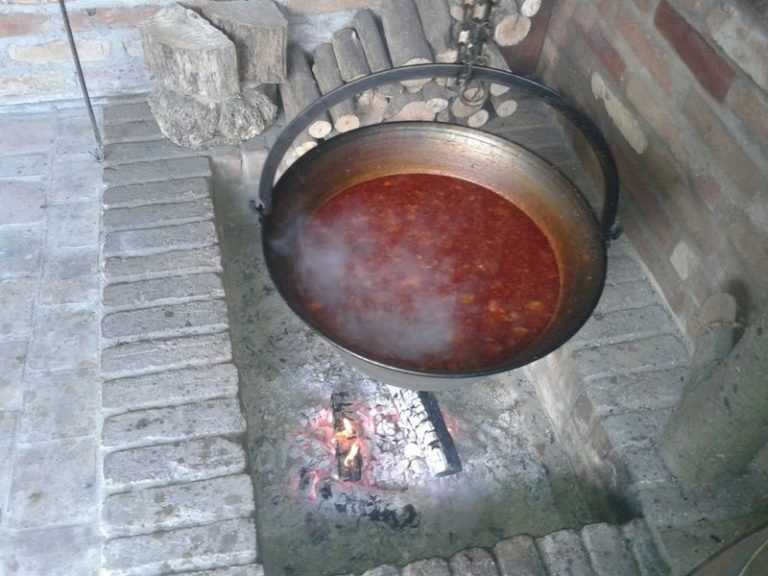
Gondola Sotin
Excellent food, great fish soup, great value for your money...are merely a few of the complimenting reviews concerning gastronomic experiences in Vukovar - Srijem region. But, since the food is hardly the only advantage of this area, which boasts many additional attractions, we bring you a short guide to what to see and explore, and let you choose the activities according to your own preferences.
And you can expect about a lot: a variety of gastronomic and wine pleasures, fishing, walking, cycling, swimming, tennis courts, landscaped routes, Danube cycling trails, Liska and 'Sultan's trail' hiking trails, boating, or taking advantage of the unique opportunity to enjoy a river ride and the calm reflection of the Danube.
Let's start from Ilok
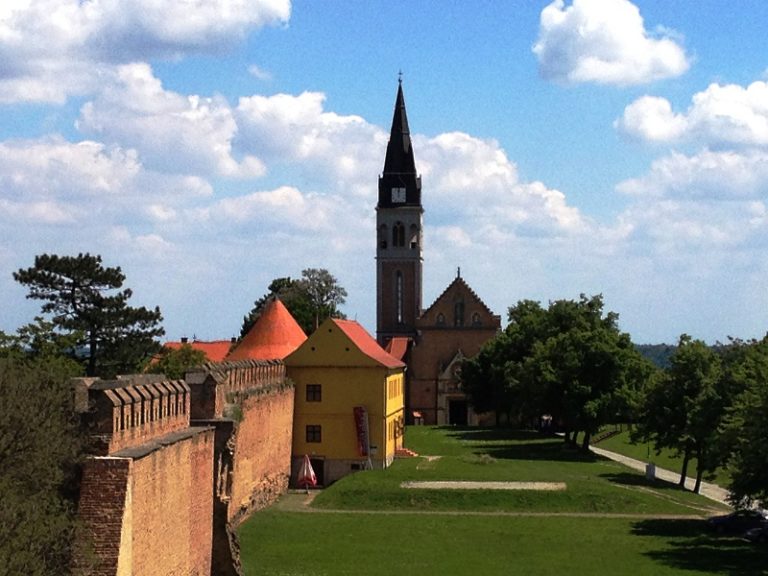
If you decide to visit Ilok, you will be greeted by marvelous Danube from one side, and by the romantic vista of the old town from the other: there are church, monastery, walls, park, old wine cellar, Turkish monuments. There are stairs under the fortress leading from the Acropolis, and there is also a path towards the Danube and the small Danube stream called Dunavac.
For more information about this package tour, visit hoteldunavilok.com.
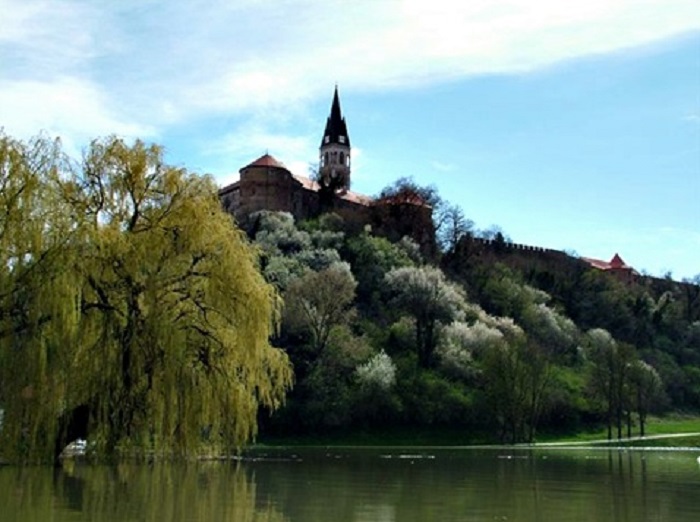
Active tourism - riding and tasting superb local food
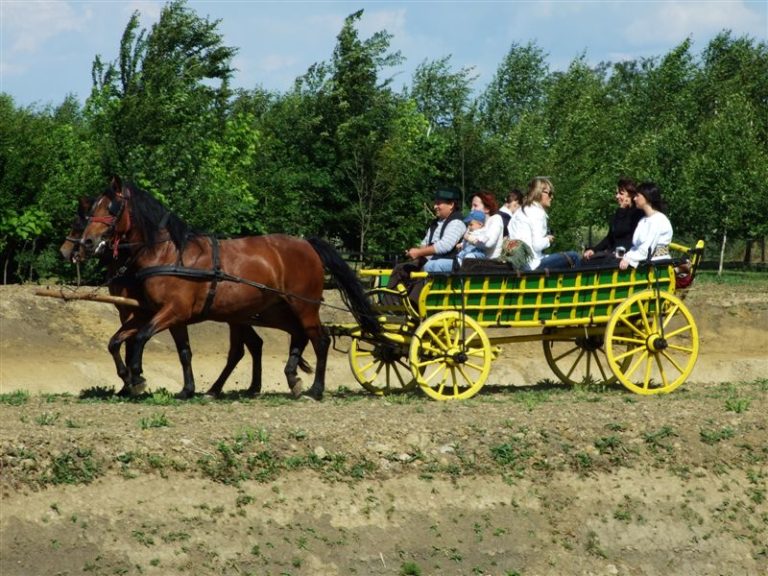
For all of you who love the feeling of wind blowing through your hair, your next destination is Županja, more precisely the Equestrian Center „Županjski kas“. They offer horseback riding (therapeutic and recreational). You can opt for a classic walk on horseback, riding, grooming and taking care of the horses, riding school, training courses, or a day trip where you can even watch the horse shoeing.
Another equestrian center is yet one more destination worth the search - Equestrian Club 'Eohippus'. It is located only 3.5 km from the center of Vinkovci and surrounded by the idyllic atmosphere of the Slavonian plains. In the barn, there are six horses of various breeds - Haflinger, Holstein and a Croatian Warmblood – specially trained to work with children, adults, and people with special needs. In addition to horses, visitors can play with pets and see other domestic animals.
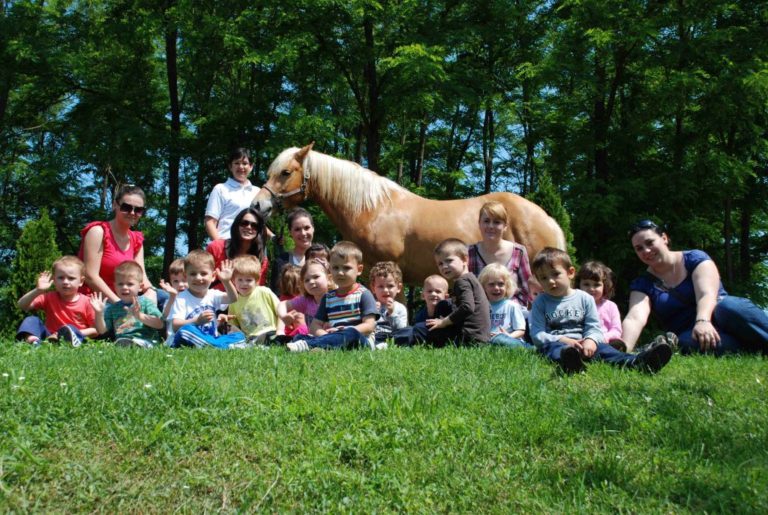
RURAL HOUSEHOLD JANKOVIĆ IN VRBANJA

This idyllic object has 4 beds in a two-room apartment with the possibility of food services, pouring drinks and beverages from domestic production. It also offers the possibility of riding, enjoying the tranquility of the rural landscape, and absolute relaxation.
OPG DUNAVSKI RAJ (DANUBE PARADISE FAMILY FARM)
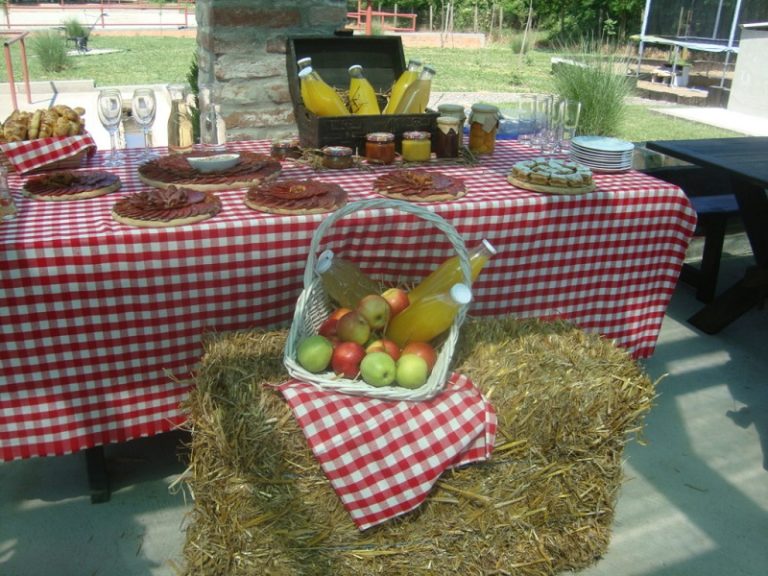
Impressive estate, located near the archaeological site of Vučedol at the elevated Danube river bank, in the area characterized by spacious Vukovar plain and slopes of Fruška Gora richly lined with vineyards. Located in a pleasant natural environment of Srijem fields and vineyards, it offers the enjoyment of a good snack, even better wine drops and numerous options for an active holiday.
Expect a location of unpolluted air, the absence of noise and vibration, and preserved nature - the perfect place to spend a short, active and anti-stress holiday.

OPG Dunavski raj
The ability to perform a range of fun activities on the property - from old games, through workshops in traditional manufacturing, to the various entertainment options - makes Dunavski raj a perfect place for active vacation.

Photo: Tourist Board of Vukovar.
For more information about this site, go to the web address dunavski-raj.com
ACIN SALAŠ
If you visit this object, you will be welcomed by an irresistible display of eco-ethno beauty. You will see all of the traditional objects: barns, blockhouses, pigsties, horse stables, sweeps, bread ovens, smokers, Ovčarnik.
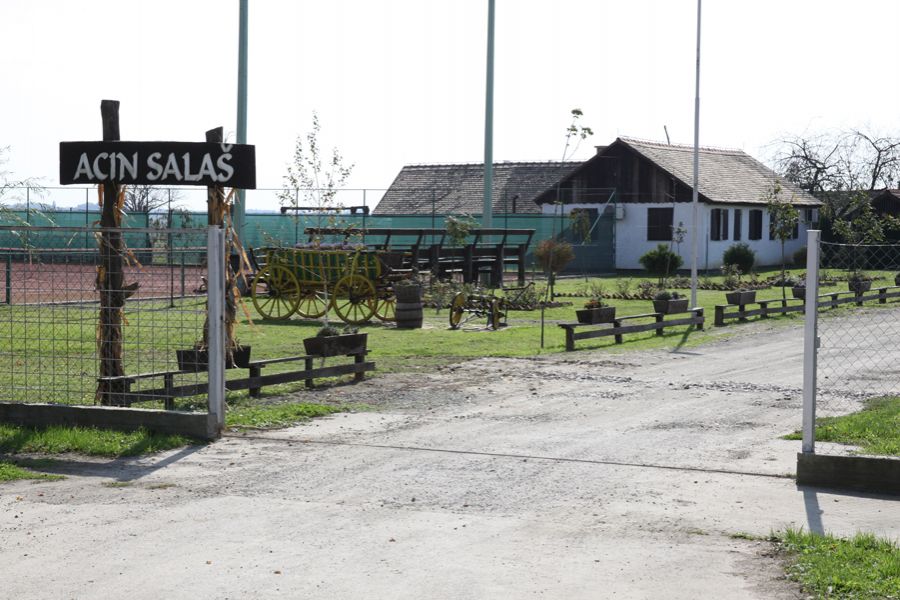
The food is prepared in a traditional Šokac way. The joy next to the cauldron for brandy distilling, traditional pig slaughter and many other Slavonian customs, complete the experience of living in a traditional Šokac household.
SNAŠINI KUĆARI
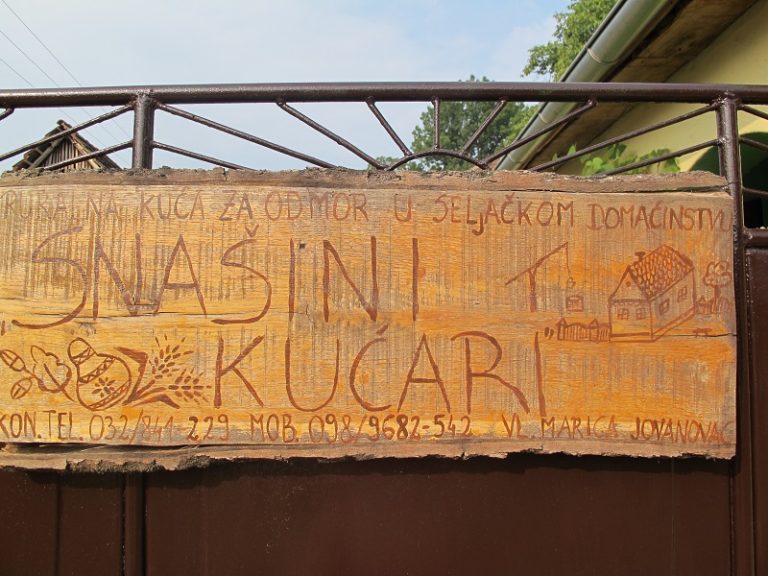
Near Županja, there's an old family house, one of the oldest in the village, equipped with authentic, 150-years-old furniture and various utensils.
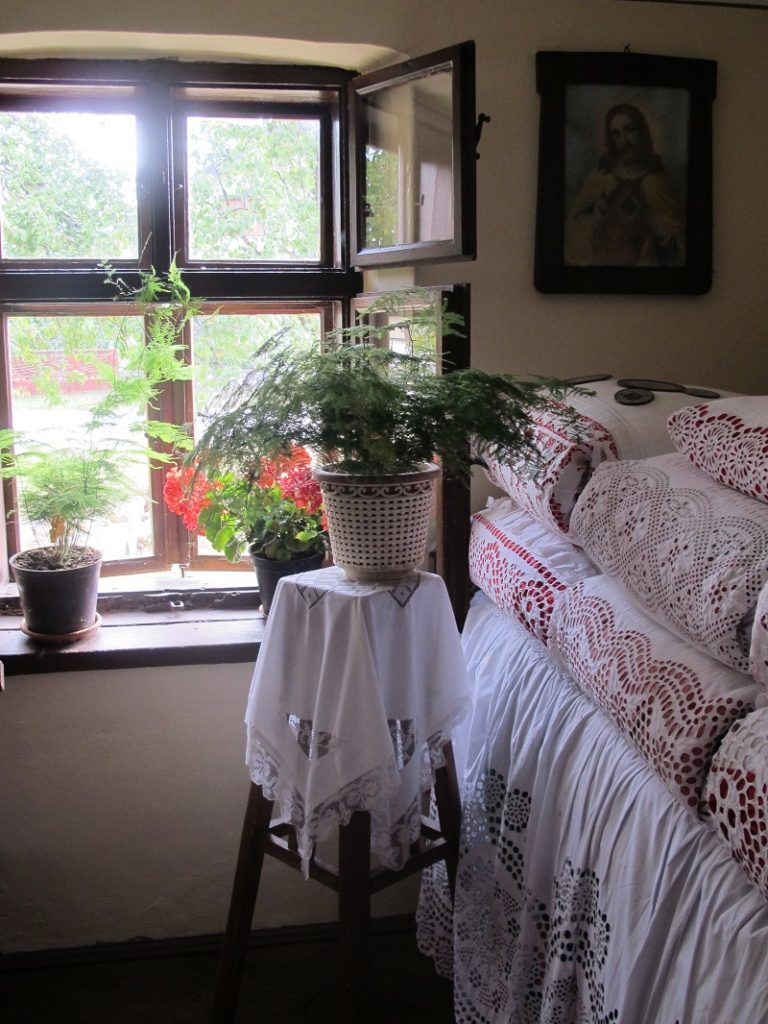
In addition to its historical value, the house is designed for vacation of tourists, whether they are chance travelers, or their arrival is previously organized. Ethno house has a living room, two bedrooms, a bathroom, a souvenir shop, a showroom and a large courtyard, which has a covered terrace with tables suitable for reception of larger groups of visitors.
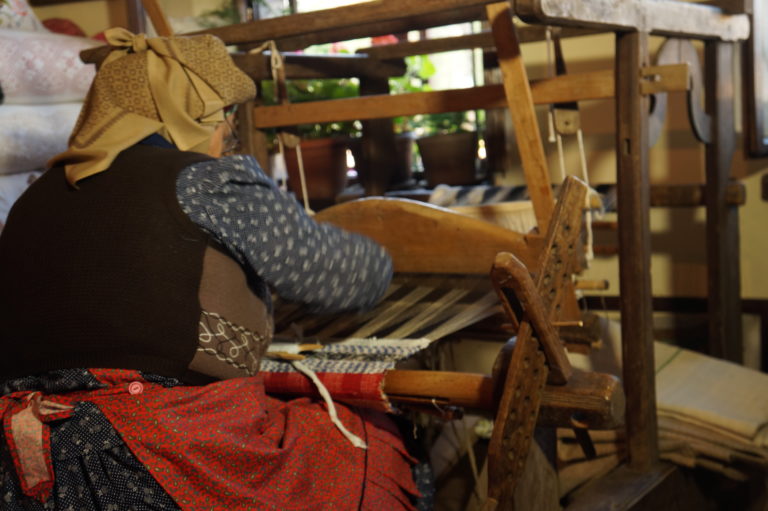
In Snašini kućari, antiquity lovers will discover many artifacts within the souvenir shop that offers local products: winter food stores, fruit juices, jams... Guests can also watch zucchini decorating, and participate in making of gold embroidery (available for small and large groups).
Bošnjaci – opt for the path of excellent tasting rooms and rural households with wonderful homemade food

When it comes to anything in Slavonia, there is always too much and never too little. Here is our selection of quite a few ethno attractions, that will take you back in time, to the carefree childhood days.
OPG JUZBAŠIĆ – MATKOVA PECARA (JUZBAŠIĆ FAMILY FARM)
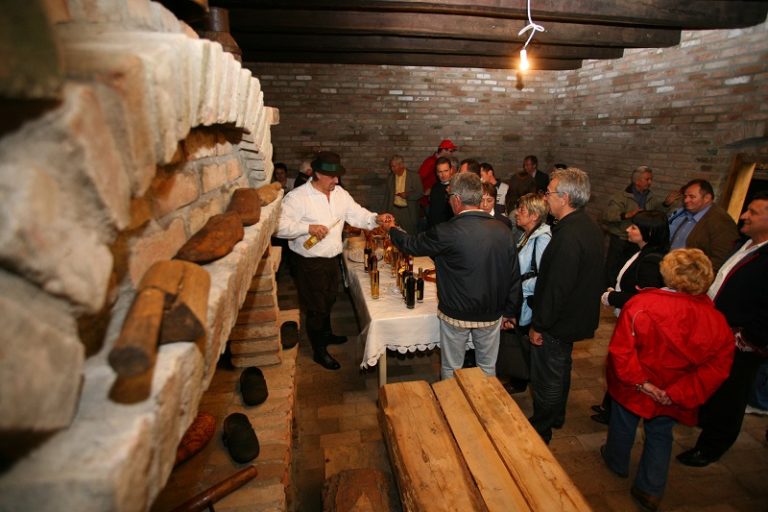
In their tasting room, richly decorated in rustic style, in addition to brandies and liqeurs, you can try some homemade Slavonian meat products and pastries. They also offer plum and quince brandy, apple schnapps, elderberry, quince, cherry and walnut liqueur.
Their brandies and liqueurs were displayed at numerous trade fairs: PHS, Croatian village products in Zagreb, Autumn in Lika, Eco-Ethno, Slavin, Osijek Fair, and they always make a remarkable appearance at the National exhibition of fruit brandies and liqueurs in Vinkovci. Any such performance is usually followed by a medal, so see for yourself why this is the case.
Visit OPG Juzbašić - Matkova pecara, and all information can be found at the link www.visitvukovar-srijem.com/hr

It is impossible to be in Bošnjaci and not to visit the Forestry Museum, founded in 2007. Oak is synonymous with this area - tall, strong resistant, steadfast, just as the inhabitants of this region.
Visit the museum that preserves the memory of a part of our national history and forestry.
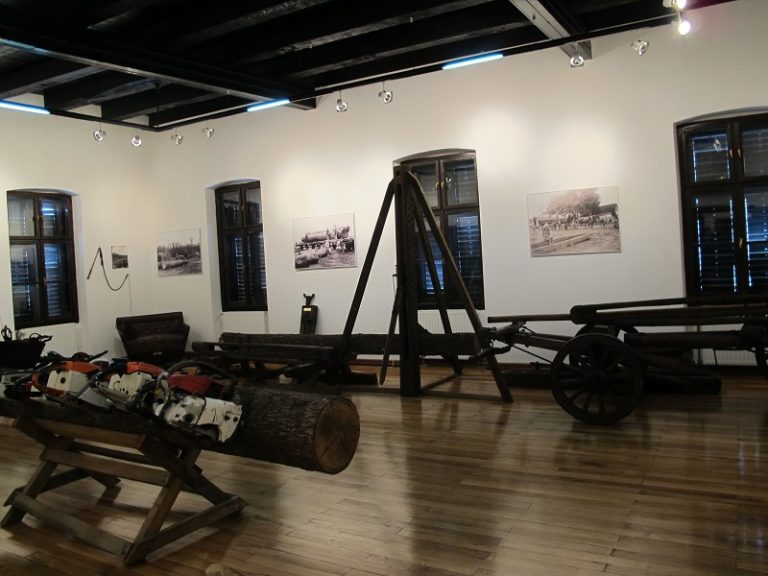
OPG ŠARČEVIĆ (ŠARČEVIĆ FAMILY FARM)
We invite you to the plum brandy and fruit (walnut, cherry, hawthorn, pomegranate, quince and elderberry) liquer tasting in authentic Šokac ambience in Bošnjaci, at the Šarčević family estate. In the courtyard there is also an antique sweep for extracting water from a well. OPG Šarčević has won many awards for superior quality products, produced in the spirit of Šokac traditions and ways of life as a part of everyday life, festivities and customs. The building has three rooms and six beds. More information can be found at: www.visitvukovar-srijem.com
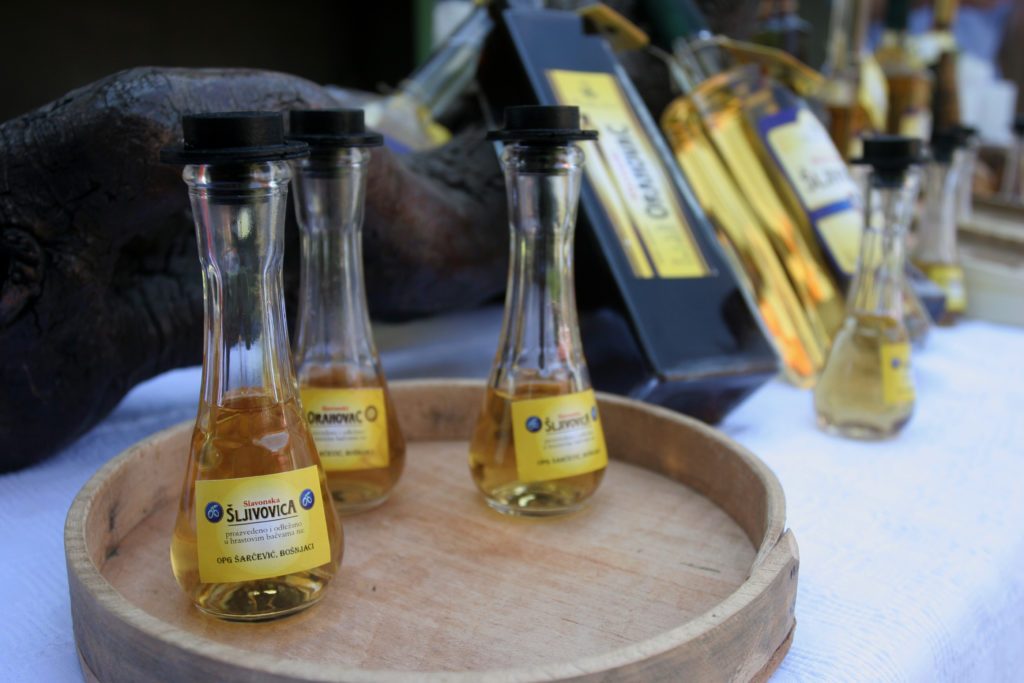
MUNICIPALITY OF NIJEMCI: Experience a very special river attraction!
If you've always wanted to sail along the forest river, this is an experience tailor-made for you. Dense oak forest and Spačva river have a special story to tell.
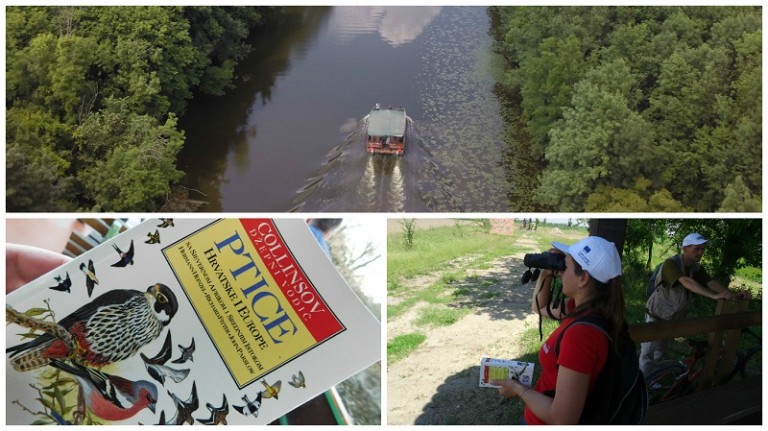
Nijemci bird watching center is connected with Srijem bicycle route, so you can combine the two activities; cycling and enjoying the rich birdlife. If you want to take a peek at the old and the more recent history of this picturesque village, visit the Luka Natali Heritage Museum in the very town center, within the pastoral center of the Nijemci parish. Everything can be found here: from the formation of the village, through the Middle Ages, up to the modern history and the Civil War. Within the museum there is also Bakina soba (Grandma's room), decorated in traditional style with details from the past which nostalgically take you back in time.
OPG BIČANIĆ (BIČANIĆ FAMILY FARM)
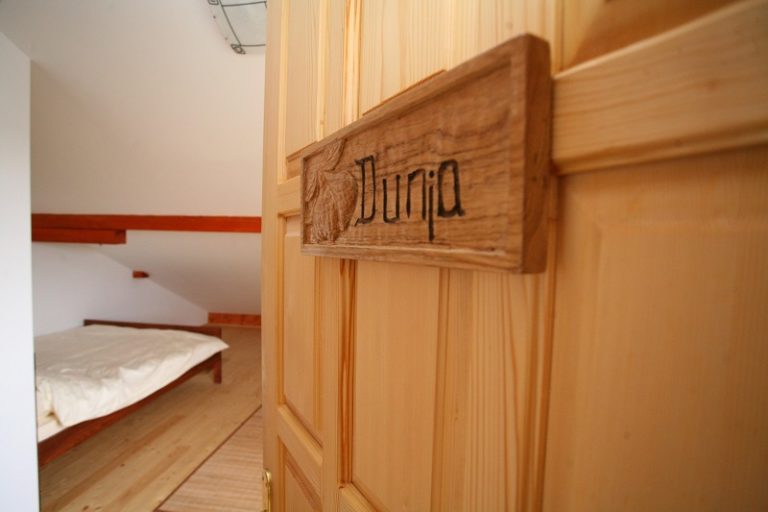
Distillery and Budimka apartments are located in the heart of Ilok vineyards and orchards, overlooking the mighty blue Danube.
Budimka provides its visitors with a tour of the distillery, vineyards and orchards, and with the possibility of brandy tasting and buying homemade products.
Overnight stay with a homemade breakfast prepared according to the old, almost forgotten recipes, is available in 7 apartments with interesting fruit-inspired names. Apartments are equipped with a double bed, with the possibility of an extra bed or cot, en-suite bathroom, air conditioning and LCD TV. More information is available on the web: visitvukovar-srijem.com.
DANUBE – Europe's second largest river. For lovers of river rides and of such quiet only a river can offer!
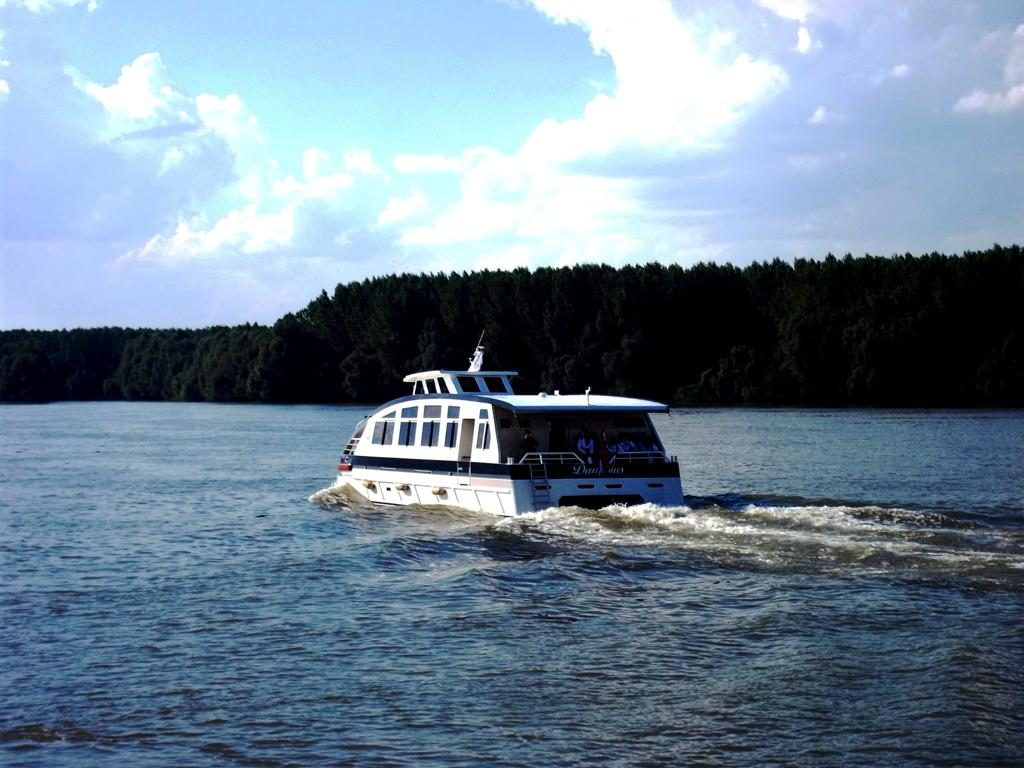
After sailing Spačva through the woods, you can also sail Europe's second largest river, the Danube, within the excursion of your choice.
VUKOVAR BAJADERA WATERBUS – THE MAGIC OF A SUPREME PLEASURE!
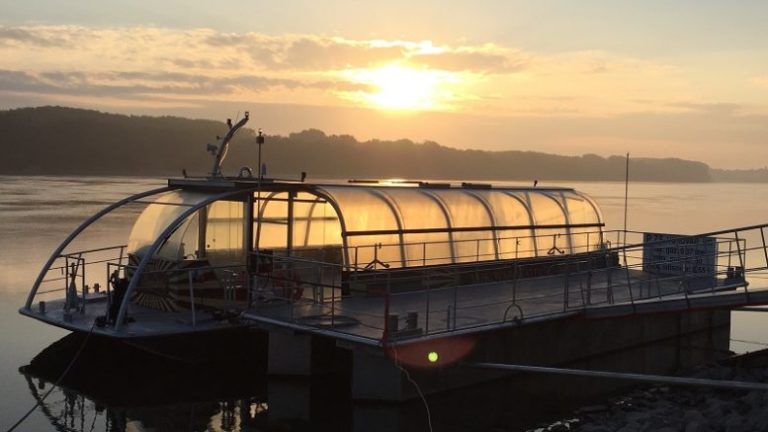
Take this electro - solar panoramic tourist boat for a walk along DANUBE - enjoy a panoramic ride along the Danube, its backwaters and views of the sandy islands - Adas. Indulge in the scent of the river and in the view of Vukovar from another perspective.
A river fairy tale - take a ride in Danubius and enjoy the calm reflections of beautiful Danube.
In Ilok you can experience a true, challenging, somewhat luxurious ride, following the desired route, whether it is a short panoramic ride under the bridge, right to the border or Šarengradska Ada, or it is a longer one that leads to Vukovar, Osijek and Novi Sad.
Tours are organized for groups of up to approximately 50 people. It is possible to arrange catering on board, tastings of Ilok wines, to have a nice drink and enjoy the Danube waves standing on the prow of a boat or in a cozy bar, with music and a view through the window!
Explore the call of the wilderness in a calm plain - visit a Cerna Zoo in the middle of Slavonian plains!

This zoo welcomes visitors since 1994 and currently there are about 50 species of animals in it. Here you can see bears, jaguar, lynx, foxes, monkeys, a 4.5 meters long anaconda, horses, eagles, parrots...
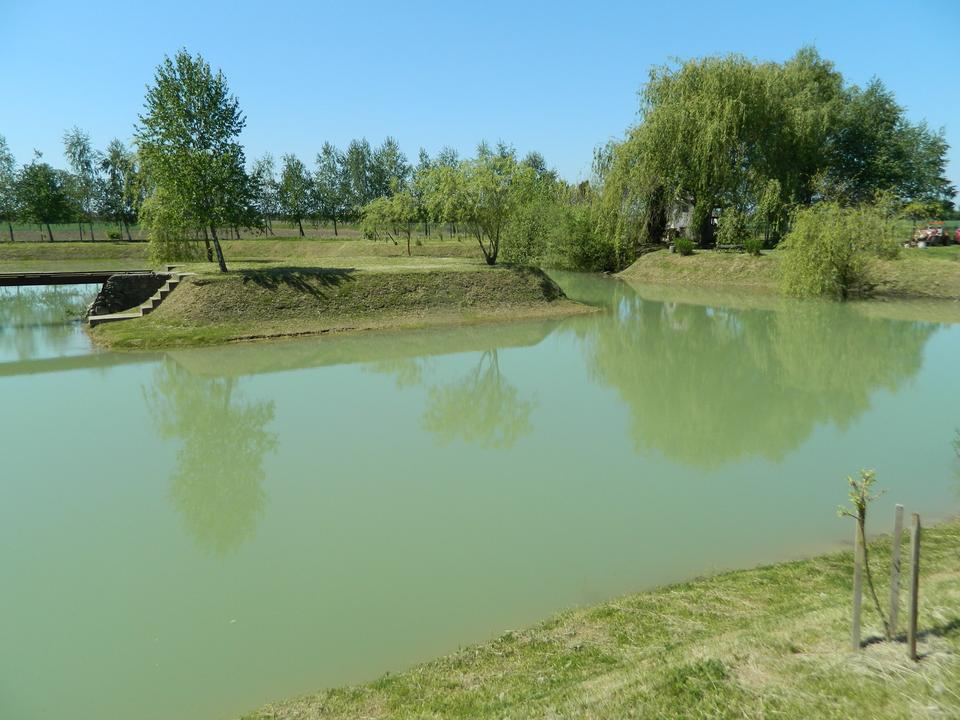
If you are into exotic experiences and tastes, there's no need to go to Africa – just visit Cerna on the Ilija Rimac's OPG (Family Farm). If you want a unique experience, don't wait - it is waiting for you!
SRIJEM WINES
There are many wineries in Ilok that are, in addition to the wine growing, also focused on wine tourism. Each visitor can choose between visiting some of the typical Srijem wine cellars dug into the hill, or experience the modern winery. Everywhere you will be able to learn about the process of wine making and enjoy the warm family atmosphere. Did you know that viticulture and wine production in the region of Ilok have an uninterrupted tradition of almost 1800 years?
ILOK WINE CELLARS – A SYMBOL OF ILOK AND VUKOVAR-SRIJEM COUNTY

But, what would lovely Ilok be without its famous wine cellars, a true symbol of this area? It is the millenia-old tradition of wine growing and high-quality assortment wine making, from vineyards that descend to the mighty Danube in the wavy plateaus of western slopes of Fruška Gora. They produce wine from 990 hectares of vineyard locations (330 ha of their own, and 660 ha of purchase), with a total annual wine making production of approximately 4 million liters.
In addition to the basic activities, viticulture and wine production, they also develop authentic and unique tourist and gastronomic offer, by connecting tourist destination attractions, with wine-making and viticulture.
Visit the Ilok Old Cellar (Stari podrum) - information and booking on tel: 032 590 088. And if you want to stay in touch with news related to their high quality wines, feel free to visit and like their Facebook page, and in this way support superior local enological production!
In recent years, Ilok wine cellars intensively work on the development of a network of their own retail stores across Croatia. You can taste the Vukovar wines in a well-known Vukovar wine producing association Vukovarska vina, which brings together all the wine producers from Vukovar. Feel the charm of the joint of rural and urban, and be revived by a glass of this divine potion.
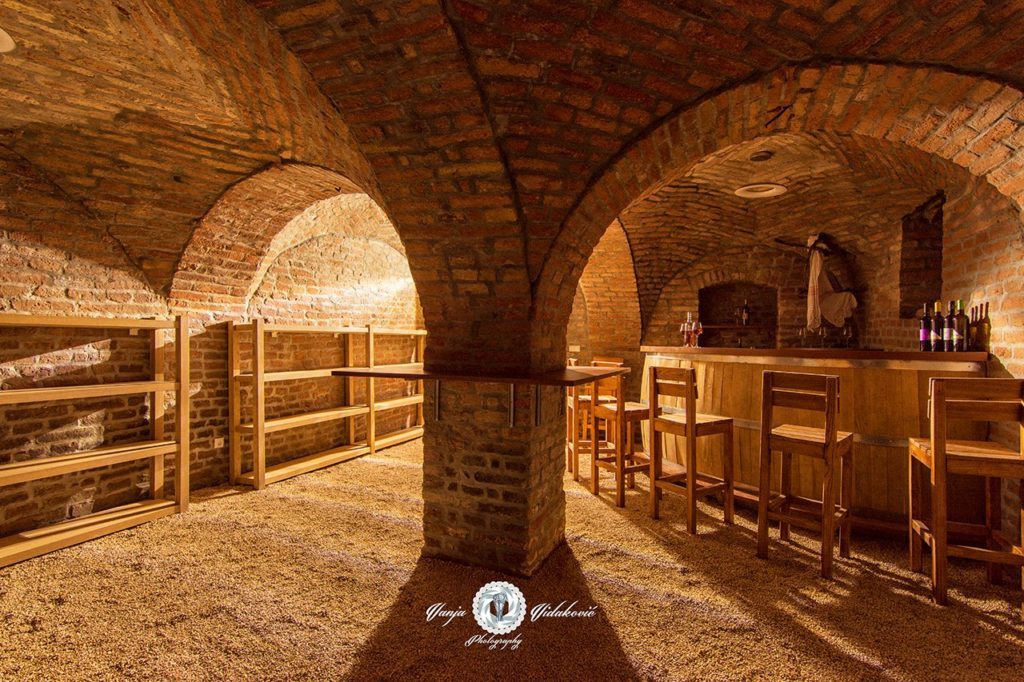
Since all objects prepare fresh homemade meals according to the original recipes, it is recommendable to promptly announce your arrival.
On the website of the Tourist Board of Vukovar – Srijem County, find out all about the best rural households, which attractions to visit and why is the cuisine of this region so special. Learn all about the possibilities of active tourism and best ways to experience all the natural beauties of the area, enjoying the river scenery, culinary paradise and of course, excellent wines.
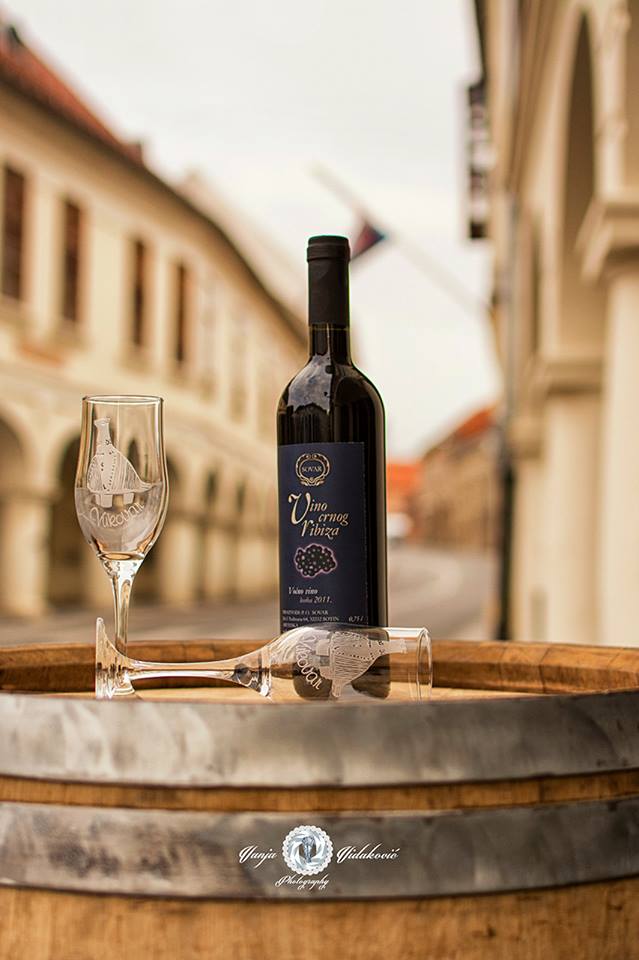
Photos of the wine: Vanja Vidaković
If you want to book a room in a cozy and comfortable hotel, it is not a problem either, because in Vukovar - Srijem County you will find a rich selection. Excursion sites, wineries, bike trails, river sightseeings, rural households, cultural and historical heritage... all of these, spiced with irresistible cuisine, make a great invitation to experience at least some of these treasures already this fall!
Welcome!
Photos: Courtesy of Vukovar – Srijem Tourist Board and archives of rural households, archives of Tourist Board of Vukovar
Photo of wine; Vanja Vidaković
Cover photo; Ilok wine cellars
How to become an expat in Croatia?
Not too long ago, the term “expatriate” held an air of mystique, carrying vague connotations of a glammed-up, long-gone generation that swore off life in their own countries to pursue the finer things elsewhere, joining the ranks of Hemmingway, Fitzgerald, and Man Ray. But now, as more and more people adopt location-independent lifestyles, becoming an expat – that is, one who lives outside his or her native country – isn’t quite so novel. Still, though, when most people think “expat,” they likely conjure up images of themselves cycling through a chic Parisian neighborhood, bike basket brimming with wine and a still-warm baguette. Or maybe scrawling notes for a novel while people watching on a Roman piazza. But Croatia has its expat community, too, and it seems to be on the rise. Many of Croatia’s international residents are associated with the American International School in Zagreb, the American Chamber of Commerce, various international embassies, or the Universities of Zagreb and Split, both of which offer several English-language programs. It’s also home to a few “self-made expats,” too – those who didn’t move for a job or for family, but simply because they wanted to experience life in Croatia. For the long-term traveler and the expat alike, Croatia is an ideal place to settle, at least temporarily, for a number of reasons. Most people speak at least some English, and many are practically fluent. For those expats who want to try their hand at Croatian, several universities offer Croatian language courses. And online networks aimed at the globally-minded, like CouchSurfing, Internations, and Meetup make social integration easy. Source: Like! Croatia
Girls talk: How to approach Croatian women
Meeting new people is one of the reasons why people travel. And once it comes to meeting new women, that reason (at least for males out there) becomes even better. But don’t expect this to be a naive article, written for a lusty immature boy hoping to get some action during his Adriatic vacation. Being introduced to females of the world is very natural, as it is natural to feel mutual chemistry in some cases. What to do if this happens in Croatia, during your stay?
In order to find an answer to that question, we asked several Croatian girls about their romantic experiences with foreign tourists, and how they feel when a complete stranger approaches them with his best line. Here are their thoughts on the subject.
Danijela (28) from Trogir provided a rather witty commentary on our question. “I think I talk in the name of all the girls out there, not just Croatian ones. You see, whenever a tourist approaches a native girl, one thought will pass her mind. At least for a second, she will wonder whether he treats her as a local attraction. You know, somebody who might entertain him, I guess in every possible way, during his stay. Now, luckily, in most cases such motives can be detected quite early. If you want to leave a fine first impression, be aware of this issue from our side.” “Mind you, girls are perfectly aware that your stay will not be permanent, and that we can only enjoy each other’s company for a limited period of time. And you know what? That doesn’t change anything. If you have an attitude that values us and our company, we will recognize that, and appreciate it.”
“As for Croatian girls, I think they are slightly reserved, but far from being unapproachable. Buy a round of drinks for a girl’s table, and see what happens. Majority will find it flattering.” Marta (24) touched the topic of Croatian traditional mentality. “I live in Rijeka, which is usually perceived as a very liberal city according to Croatian standards. But once you go to more remote settlements, you will find people to be much more traditional and conservative. That doesn’t mean they are closed to strangers. In fact, precisely such Croats have been hosting foreign visitors for generations. But once it comes to local girls, they might be less open for romantic opportunities. They are usually family-oriented, and summer relationships with tourists rarely end in marriage.”
“But if the spark happens, show respect for her cultural heritage and underline your mutual similarities. You wouldn’t end as the first person who got in Croatia as a tourist, and left as an engaged man.”
Source: Like Croatia
Unique traditions in Dalmatia recognized by the UNESCO
The Easter Procession in Jelsa
17th April
While Dalmatia is justifiably famous for its fabulous coastline and stunning islands, it is a destination which is deceptively rich in heritage and unique traditions, and the region has plenty to offer visitors looking for more than a standard sun and beach holiday.Among the most fascinating is the annual 'Za Krizem' Easter procession on the island of Hvar, a religious procession which has taken place uninterrupted (despite the region's turbulent history) for more than 500 years, included a procession in the Egyptian desert during the Second World War.
As the name suggests, the 'Behind the Cross' procession follows a single cross-bearer through the night on Maundy Thursday, a journey of some 22km via five other churches, before returning to the starting point at around 7am on the morning of Good Friday.
The cross bearer is assisted by his acolytes, clad in white robes and carrying torchlit lanterns through the night, while singing their haunting religious chants without interruption. Behind the acolytes comes the congregation and visiting tourists, who are becoming increasingly attracted to arguably the world's most unique religious procession. The procession has been internationally recognised and was granted UNESCO heritage status in 2009.
Each village on Hvar has its own procession, and they take place at different times during the week (see the Jelsa Tourist Board for more information), but the main event is the simultaneous processions of the communities of Jelsa, Pitve, Vrisnik, Svirce, Vrbanj and Vrboska, who all set off at 10pm on Maundy Thursday, moving slowly in the same direction.
As they approach the next village on the route, they visit the church to pray, before proceeding on to the next location. The cross bearer, traditionally barefoot, carries the cross the whole way, a cross weighing between 10 and 18kg, and one which is several hundred years old and full of history.
The main procession is that of Jelsa, and the faithful make their way slowly to the main square on Good Friday morning, where the exhausted cross bearer runs the final steps before delivering the cross to the priest.
Although the procession has taken place every year since 1510, there have been occasions when it was under threat, most notably during the Second World War. The photograph above, which was exhibited at a festival in Svirce last year, shows the 1943 procession in the village. During that year, the occupying Italians banned the local people from taking part, and would only allow the cross-bearer and acolytes in the picture.
More interestingly, the procession has also taken place in the Sinai Desert in Egypt at a refugee camp in El Shatt, as more than 25,000 people from Dalmatia, including more than 3,000 from Hvar, were evacuated to Egypt. Many people on Hvar today were born in that refugee camp.
Carrying the cross is a huge honour and one which people sign up for up to 20 years in advance. In an interview with Hvar TV (see below), 2012 Pitve cross bearer Ivo 'Mafija' Mileta explains the relationship with his acolytes, the prestige of carrying a cross his grandfather and great-grandfather carried before him, and the role of various parts of the community in the whole event.
Tourists are more than welcome to take part in the procession, and many do. Some choose to walk the whole route, while others choose to spend the night in one of the squares, such as the main one in Jelsa, watching the various processions arrive and depart. Some cafes remain open all night. Another interesting vantage point is inside the churches themselves.
For those wanting to take part in the procession, take plenty of water, as well as a snack for sustenance. Much of the walk is along hilly paths, so bring appropriate footwear. Clapping as the procession passes and ends (as happened in Jelsa last year) is not encouraged, as this is first and foremost a religious festival.
One other additional attraction to the event is that all residents leave their lights on through the night, so the six settlements are bathed in light, while the cross bearer's house has an illuminated cross outside for the days leading up to the procession.
The Easter procession is the undoubted highlight of an Easter visit to Hvar, but it is also one of the best times of year to visit the lavender island, a time when the local community comes out of winter hibernation and prepares for the season, and a time of family joy as extended family congregate for this important religious festival.
For more information about Jelsa and the Easter Procession, visit the Jelsa Tourist Board website.
Author: Paul Bradbury
Central Dalmatia
Carnival customs of the Dalmatian hinterland
Saturday 15 February 2014, 8:30 a.m. the annual carnival pageant starts from the village of Gljev, popularly known as the Didi s Kamešnice association. The way leads them through the villages of Gala, Han (Obrovac Sinjski) and back to the village of Otok. The pageant will lastuntil 5:00 p.m.
Annual Carnival Pageant from the Villages at the Foot of the Kamešnica Mountain
The annual carnival pageants in the villages at the foot of the Kamešnica mountain, from the area of towns of Sinj and Trilj and the Municipality of Otok, have traditionally been held for a long time, handing down and preserving local carnival customs. In the villages of Gljev, Han, Bajagić and Gala carnival pageants have served as a unique and authentic way of presenting the age-old customs, interwoven with the sound of carnival pageant bells and other accompanying rituals.
The invasion of an uproarious pack of colourful, unruly rams, known as the Didi, marks the day of the carnival pageant at Gljev, a village in the Dalmatian hinterland, not far from the border with Bosnia. A long-standing tradition of carnival customs, associated with the preservation of local identity, has been cultivated and promoted by the Didi s Kamešnice association.
WATCH VIDEO
The carnival pageant is arranged following the strict tradition-based rules. At the head of it there is a white carnival pageant group with the barjo (standard-bearer) and a carnival wedding procession. They are followed by the komedija and a black carnival pageant group. The wedding procession, symbolic of spring, used to be led by the first did (an old man), and nowadays it is led by the barjo.
A pregnant, mannish bride, accompanied by the diver (bridesman) is on the lookout for a bridegroom which is the very end of the pageant itself. The jenge (married women) and the jengije (maids) as well as other wedding figures wearing formal dress (folk costume)also engage in the pageant. An Ottoman commands the both carnival pageant groups so that they do not mix, since they are not allowed to be in the same place and at the same time.
Then comes the bula, a veiled female figure, trying to kiss a young woman. The figures of the Ottoman and the bula are associated with long-standing Ottoman rule in this area. The komedije, a carnival pageant group criticising the current social and political issues, follows the carnival wedding procession. The black wedding procession is led by the baba and the did (an old woman and an old man). Being associated with the fertility cult, this couple simulates intercourse in order to yield a better crop.
There are also the žalovice, widows letting out humorous wails. The most interesting participants, however, include the didi. Up on their head they wear sheep fleeces, up to 1.5 metres in height, and bells around their waist. The didi are dressed in old shabby clothes with colourful fringes sewn on. They symbolise the ritual battle of good spirits with winter, chasing it away by making noise and jumping up and down.
Despite the advancement of civilisation, men are still holders of this carnival custom, characterised by wearing animal costumes (costumes of rams) and the change of sex simulation.
Similar carnival customs have also been preserved in the rest of the villages at the foot of the Kamešnica mountain. Known as the Annual Carnival Pageant from the villages at the foot of the Kamešnica mountain (Godišnji pokladni ophod mačkara podkamešničkih sela), these carnival customs have been included on the Intangible Cultural Heritage List of the Republic of Croatia.
Autor teksta: dr.sc. Giovanni Kezich, Dinka Alaupović Gjeldum
Foto: Boris Filipović Grčić
The Romance of the Overnight Train from Split to Zagreb
BLOG BY PAUL BRADBURY
There was some debate on the excellent Expats in Split Facebook page recently about the best way to get from Split to Zagreb - train or bus.
Opinion was split, with more favouring the bus. With the new motorway, this is the quickest option, and the shortest transfer time is five hours, departing Split at 10:00. And yes, there is something more romantic about train journeys...
I took the train during the day in the summer when I went to Zagreb to interview Johnny Rotten, an undoubted highlight of 2013 (not or him, though, I am sure). I was disappointed. I had this naive notion of a smooth ride through the mountains and plains of inland Croatia, working away on my laptop with a chilled beer. The Internet was intermittent to say the least on my stick, and the constant jerking actions of the train almost caused beer spillage on several occasions.
The Zagreb trip loomed large once more last week, this time with wife and two young kids in tow. The day train would beat the bus in terms of entertainment value for sure, but the timing was not the best - with no morning departure until April, it would arrive late at night, a little inconvenient for our hosts. Having settled on the bus as option, we made a spontaneous decision to try the night train over dinner. An adventure for the kids, and also it would avoid the hassle of unpacking, repacking and general preparations in our overnight stop in Split.
Price-wise, for a family of four, under 500 kuna seemed more than reasonable. The train was warm and reasonably empty, and there were enough empty compartments of six seats for us to make our choice. Once the wide-eyes children had had their fill of the novelty of train travel (we don't have a lot of that on Hvar...), it was time to lower the seats and for all to snuggle down for the night.
I won't pretend it was the finest sleep we have ever had, but it was not the worst either, and we arrived just after 06:00 (the train had departed Split exactly as advertised, at 22:01 - who decides these times...), in search of a cafe to while away an hour or two before imposing on our hosts. And there the first difference between Dalmatia and the great capital emerged - not one cafe open at 06:30 from the station all the way to Ban Jelacic. Unthinkable in Dalmatia...
So train or bus to Zagreb? If you have a family at least, look into the night train - it kept our kids thoroughly entertained during the time they were awake. And there is something romantc about train travel at night that you just can't get on the bus.
Written by: Paul Bradbury
croatia-split.com
Peasants’ revolt - the battle of Stubica
The event presents Gubac urging the peasants into revolt and portrays the final battle (cannons, rifles, legendary peasants’ weapons, archers, the gentry and peasant armies) with the participation of over 100 extras and 150 members of various associations. It is a brilliant staging of the battle, failed negotiations and the tragic finale of the defeated peasants, the capture of Matija Gubac. At the end of the battle peasants win.
There are also interesting interactive workshops which attract visitors’ attention and urge the participation of parents and children alike (mostly from Zagreb), who join in the events, dressed as peasants or the gentry.
croatia.hr
Lastovo Carnival - centuries old tradition
Lastovo Carnival is a centuries old tradition. It was first mentioned in 1390, in The Statute of Lastovo, one of the oldest in Europe, as a „Carnevale“ - time for fun, relaxation and escape from everyday life. We can say, with pride, that we have one of the oldest carnivals in this area, and we are aware of our obligation to nurture, enrich and pass it on to future generations.
A legend says that Lastovo Carnival is celebrated in memory of an old historic event when Catalan pirates attacked neighboring Korčula and sent a messenger to Lastovo with a request to surrender. Instead of surrendering, the inhabitants of Lastovo armed themselves and attacked. Women and children prayed to Sv. Jure for help and the help came in form of a storm which destroyed the Catalan fleet on its way to Lastovo. Later the islanders captured the messenger, took him through the village on a donkey to mock him, and let him down 300 meters of rope before they set him on fire.
One of the first written evidences dates back to 1747, when the duke of Dubrovnik, Ivan Franjo Sorgona, wrote one poem about the Carnival of Lastovo.
This event is celebrated as the Carnival every year over a period of three days. Locals enjoy this event very much and islanders from all around Croatia return to Lastovo to attend the carnival.
Kalafati – the soul of wooden shipbuilding
On the area of Croatia first ship draft, about 4700 years old, was found in Grapčeva Cave on the island of Hvar. Galija was one of the most interesting boats during middle ages on the Mediterranean coast, it was powered by oars and sails, while its length came up to 50 m.
Wooden shipbuilding on Murter
The island of Murter is considered to be one of the most beautiful islands on the Adriatic. It enjoys the status of the Adriatic centre of wooden shipbuilding. Together with Korčula, Murter has the longest tradition of shipbuilding on the Adriatic. In 1848 a very modern shipyard was opened and the tradition has been kept up to the present day. For centuries now skilled craftsmen of wooden shipbuilding make wooden boats of leut, kaić, bracera and gajeta type.
Gajeta from Betina was first made for transport purposes, while gajeta made in Korčula was first used as a fishing boat, often driven only by oar power.
Gajeta boat served not only as transport, but also as cargo ships for cattle, olives and grapes transport from islands to mainland. Originally, the boat was 6 m long, 2, 5 m wide and 70 cm high. Gajetas, leuts and other small wooden boats helped the people of Murter to support their families for centuries.
On the island of Murter there are 5 small private shipyards in which firm, traditional wooden boats are manually made by proficient craftsmen. With this article we would like to emphasise the importance of preserving wooden shipbuilding and beautiful shipbuilding craft in general. Preservation and development of traditional crafts like wooden shipbuilding present a great potential for tourism and economy development of Dalmatian islands.
There is a growing appreciation of wooden shipbuilding and wooden boats as a form of tourist attraction that is not connected to any particular part of the season (a visit to shipyard, a ride on gajeta on Latinsko Idro manifestation etc.)
Latinsko Idro is a reminder of a certain way of life, one spiritual world and its existence.
Mate the Cosmoplitan
The famous traveler, mountaineer and cinematographer Stipe Božić, made a documentary film about the world's greatest travelers of all time, Mate Šimunović.
Mate Šimunović (1900-1969) is a world traveller who traversed a distance of 360 000 kilometres either by bicycle, on foot or in a small sail boat. He travelled for 19 years and visited 70 countries. All that time he carried a leather-bounded journal in which a lot of his eminent hosts have registered. All the reputable newspapers of the time wrote about him, such as New York Times, La Prensa, El Telegrafo, The Straits Times, Shangai Herald, etc. When his little sail boat capsized in front of Sumatran coast, his dog Globus saved his waterproof linen bag which held his diary and hundreds of negatives that he took during his travels. It can be seen from the remaining materials that he has no peer among today's adventurers and the photographs he took bear witness to the world which no longer exists.
After 19 years of travelling, Mate reached Egypt, from where he went back to Bakar on a vessel called ‘Podgora'. The next day in Zagreb he was arrested by OZNA (The Department of National Security; the security agency of the former Yugoslavia) because he photographed a group of women who were queuing in front of the shop which sold pin-dot garments of clothes.
[nivo effect="fade" directionNav="button" controlNav="true" width="600px" height="360px"]
[image]http://hotspots.net.hr/wp-content/uploads/2013/12/IMG_0583.jpg[/image]
[image]http://hotspots.net.hr/wp-content/uploads/2013/12/IMG_2486-Mate-portret_1.jpg[/image]
[image] http://hotspots.net.hr/wp-content/uploads/2013/12/IMG_6966.jpg[/image]
[image]http://hotspots.net.hr/wp-content/uploads/2013/12/IMG_7021.jpg[/image]
[/nivo]
After having crossed the whole world, travelled across the wildest of sceneries and outsmarted many border troops, now he could not leave Yugoslavia. He was constantly under suspicion and taken into custody. His dream of making a documentary feature film, for which he had Harry Truman's support, before he became the President of the United States, has vanished into thin air. Till the end of his life he worked in Vjesnik's newspaper and cigarette stand in Vrgorac where he would retell the memories from his travels and show his travel book to those who were interested. Because of that he was nicknamed Mate the Cosmopolitan. In the fifties a number of contemporary papers published articles about his travels. And then he was forgotten. He died in 1969 and was buried in Stilja, his home village.
Mate Šimunović was one of the few people who, after almost two decades of being absent from Croatia, returned to his homeland. His family and friends were delighted for having him back, but the little village of Vrgorac could not quite understand why Mate did not gain fortune. The only thing he brought back was a bag with a huge book and a suitcase filled with photographs and negatives which he shot all over the world. A few people of the period could grasp that Mate Šimunović - the Cosmopolitan brought a greater treasure than all of his predecessors who were also returned emigrants. He brought back an impressive collection of stories about his pioneering accomplishment. Those stories are a monument to one of the greatest, not only Croatian, but world's globe-trotters.
Written by: Stipe Božić
Čazma Christmas Story
13 December 2013 - 10 January 2014
All Christmas stories are romantic and educational, especially if you are a guest of the Salaj family in Grabovnica. At Christmas time, the Salaj family prepares a special treat for all the Christmas time enthusiasts, when their garden is alight with thousands of multicolored lights, offering all who come a magical sight and an idyllic atmosphere. The Christmas stable, the manger and the decorations all over the garden, including the multicolored Christmas lights and ornaments shining in the night, offer an unforgettable sense of a deep dream followed by awakening in a world of fairy tales, a world of a true Croatian Christmas story.
Contact
Ivanec Miners’ Days
04 December 2013
The Miners’ Days in Ivanec demonstrate the importance the people of this area attach to keeping alive the memory of their traditional ways of social and cultural life, as well as to teaching the young people to cherish their cultural and historic heritage. This also provides all visitors with an exceptional opportunity to see the exhibition of the old tools and other equipment used by miners in the old days, and thus learn about the hardships of our ancestors. The exhibition is supplemented by children’s works on the subject of mining, and by the miners’ sculptures. Undoubtedly the most attractive part of the event is the procession of the historical Ivanec Miners’ Company that is in charge of receiving the guests and ensuring that everyone feels welcome.

